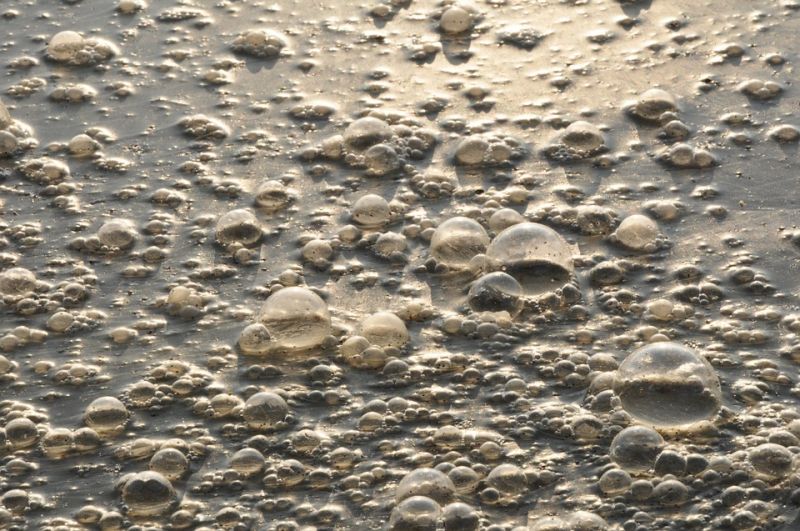Primary, Secondary, and Tertiary Wastewater Treatment: How Do They Work?
Published on by Water Network Research, Official research team of The Water Network in Academic
U.S. wastewater treatment plants process an estimated 34 billion gallons of wastewater every day, but have you ever wondered how it’s done?
There’s a lot more that goes into wastewater treatment than you might think. In fact, there are three distinct steps involved in traditional wastewater treatment methods. Here’s a quick look at the three steps involved.
Primary Wastewater Treatment
Primary treatment of wastewater involves sedimentation of solid waste within the water. This is done after filtering out larger contaminants within the water. Wastewater is passed through several tanks and filters that separate water from contaminants. The resulting “sludge” is then fed into a digester, in which further processing takes place. This primary batch of sludge contains nearly 50% of suspended solids within wastewater.
Secondary Wastewater Treatment
Secondary treatment of wastewater makes use of oxidation to further purify wastewater. This can be done in one of three ways:
Biofiltration
This method of secondary treatment of wastewater employs sand filters, contact filters, or trickling filters to ensure that additional sediment is removed from wastewater. Of the three filters, trickling filters are typically the most effective for small-batch wastewater treatment.
Aeration
Aeration is a long, but effective process that entails mixing wastewater with a solution of microorganisms. The resulting mixture is then aerated for up to 30 hours at a time to ensure results.
Oxidation Ponds
Oxidation ponds are typically used in warmer places. In addition, this method utilizes natural bodies of water like lagoons. Wastewater is allowed to pass through this body for a period of time and is then retained for two to three weeks.
Tertiary Wastewater Treatment
This third and last step in the basic wastewater management system is mostly comprised of removing phosphates and nitrates from the water supply. Substances like activates carbon and sand are among the most commonly used materials that assist in this process.
Wastewater treatment may entail a bit more than these three steps, but they are the basis of how traditional wastewater treatment facilities operate. The more you know about the process, the more ideas you’ll be able to cultivate in order to make a positive change and enhance it.
Source: Organica Water
Media
Taxonomy
- Treatment
- Oxidation
- Treatment Methods
- Aeration
- Biological Treatment
- Sewage Treatment
- Water Treatment & Control
- Waste Water Treatments
- Filtration
7 Comments
-
True
-
Tertiary Wastewater Treatment could cover wide range of technology and equipment. Ultrafiltration, Reverse Osmosis, demineralizers and electro dialysis or whatever may be the preference based on customer needs.
-
Latest technologies like Soil Bio-Technology (SBT) are also achieving tertiary treatment standards of CPCB. They are also low maintenance earth mimicking eco-friendly processes
-
Primary treatment involves screening, grit removal and clarification/sedimentation.
Secondary treatment involves digestion of the waste water through aerobic. Or anaerobic processes ir both to dissolve the complex organic waste material into compound and simple compounds and oxidising them to reduce it's oxygen demand (BOD and COD) and Suspended solids etc. Nutrients like nitrogen and phosphorous may not be removed in this stage. The effluent also may contain BOD more than 30 mg/l which is not permissible as per Indian CPCB latest norms.
To reduce the BOD etc.further and to remove nutrients like Nitrogen and Phosphorous, Tertiary treatment through constructed wetlands /polishing ponds etc. may be adlpted. Alternatively, SBR/MBR process may be adopted to achieve latest CPCB norms for effluent discharge. Ultimately the effluent should be discharged in an environment friend ly way so as to maintain the desired Dissolved Oxygen of about 4 so as to enable aquatic life to sustain when the effluent is discharged to water bodies.
-
very good
-
good
-
good
